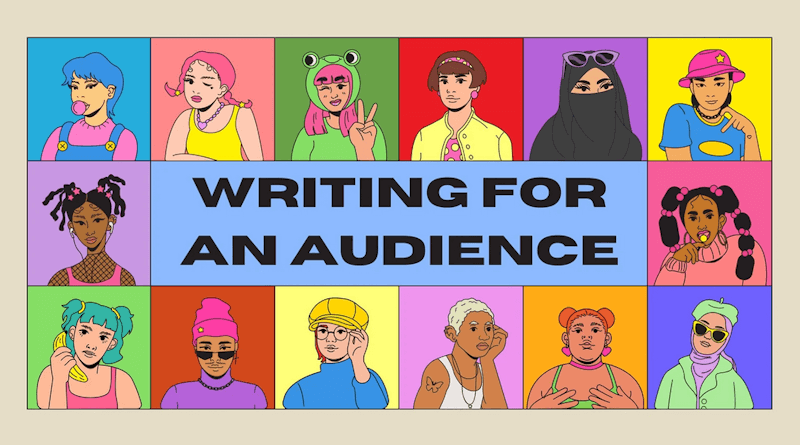6 Social Media Content Mistakes to Avoid
Although social media has been around for a few years, plenty of businesses and entrepreneurs still get it wrong. Big or small, a social media mistake can seriously hurt a brand, so understanding how to avoid these pitfalls is key to a strong strategy.
When planning your social marketing strategy and being active on social channels, avoid these 6 common content mistakes.
Mistake #1: Not Engaging with Your Audience
Social media is a conversation starter, not a broadcast tool. The key word in this type of media is “social.” Why should anyone like your Facebook page or follow your Twitter account if you never socialize and engage with them?

If you struggle with engagement on your social networks, try these techniques:
- Respond to comments, tweets, and private messages ASAP. Within 30 minutes is ideal, according to social media expert Mari Smith.
- Ask questions and make it clear you value the responses.
- Thank followers for following you, sharing your stuff, recommending you, answering your questions, and other forms of participation.
- Host giveaways or contests to make it worth followers’ time to engage with you.
Mistake #2: Only Talking About Yourself
Closely related to the first social media content mistake, only talking about yourself is the worst thing you can do on social platforms. No one wants to talk to the centered person at a party or be friends with someone who constantly makes sales pitches.
To keep and grow your audience, you must post content that is interesting, relevant, and valuable to your audience. You have to fill their feeds with content they actually want to consume so you can earn the right to talk about yourself. If you struggle with this, consider these remedies:
- Engage with your audience!
- Share other people’s content that your audience will love.
- Tell customer success stories.
- Give shout-outs to individual employees, executives, thought leaders, local groups, and other relevant people when they do something awesome.
- Talk about your business no more than 20% of the time.
Mistake #3: Always Posting the Same Kind of Content
Take a look at the pages and profiles of the people and brands you personally follow online. What do their profiles look like? I’d bet those pages are interesting and varied, full of conversations and many different kinds of content.
If all you publish on your Facebook page or Twitter profile is links, you’re in trouble, even if you are sharing links to other people’s content. A social profile only containing one type of content gets boring fast, and offers no incentive for customers and fans to follow it. Plus, it’s not very attractive.
If you find yourself only publishing links, these suggestions might help:
- Engage with your audience and peers! Conversations break up other social media content very well.
- Share more visual content others have created.
- Create more of your own visual content.
Mistake #4: Posting Links Without Text
Of course you’ll publish links to your newest blog post or a valuable industry resource on your social networks. But naked links without thumbnail images or descriptions look like spam (not to mention ugly). If you don’t tell followers why a link is worth clicking, they won’t.
So how do you avoid this social media content mistake?

- Make sure all your content has an attractive image that resizes nicely as a thumbnail.
- Spend some time writing social-friendly “headlines” for links, whether that’s the title of the blog post or something completely different.
- Give links a description that encourages click-throughs.
Mistake #5: Not Investing in Owned Assets
Social media can be powerful, but it’s not worth as much as it could be if you ignore assets you actually own. Facebook cannot replace your website. Don’t devote hours to conversations, support, and great social media content and forget to focus on the content and assets you control.
Some owned assets to focus on and invest in include:
- videos
- blog posts
- your website
- data and research
- presentations
- email marketing
Mistake #6: Ignoring Evergreen Content and Third Party Posts
To build a steady audience, post consistently to boost interaction and interest. Both quality and consistency matter most. Short on content? Many companies think they only need to push new articles on social media, but there’s often a valuable library of evergreen content to draw from. Repurpose or update an older post to share again. This lets you compare its performance against the last time it was posted. Try switching up the caption or image to see what catches your audience’s attention.
Another way to fill your calendar is by sharing third-party articles and thought-leadership pieces from your industry. This adds variety to your profile and shows followers that you stay engaged and informed about developments in your field.
What mistakes have you noticed with social media content? How do you avoid making these 6 mistakes? Please share your thoughts in the comments!

Comments (0)